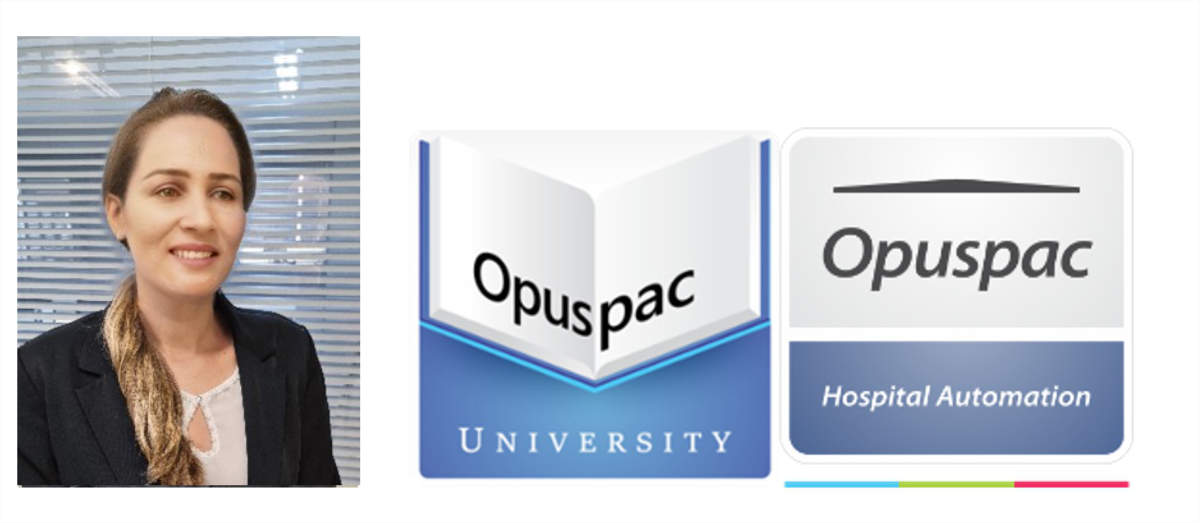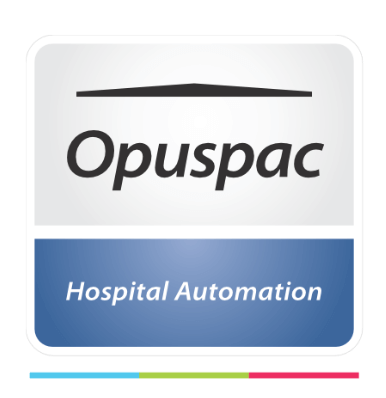In 2018, Klaus Schwab, professor, engineer and economist, cited the digitization of healthcare as the fourth industrial revolution.
The various technological innovations in information and data control applied to the production of goods and services involve hospital technologies.
Unified electronic records, different forms of monitoring and health care, greater precision in diagnoses, time reduction in processes, personalized care and greater safety are examples of how technology is already part of everyday life in healthcare units.
To take advantage of the new actions originated by technology and provide more value in healthcare, qualified and specialized professionals are needed.
In addition to the improvements generated by the digital revolution in the hospital environment it is important to highlight, that in legal aspects, it will guarantee the protection of patient data, ensure that its resources are focused on improving patient care, reduce the cost of care and allow greater investment in the healthcare of people.
Technology should be used to improve both inside and outside of hospitals, which is linked to virtually every process.
From patient registration at the front desk, to the system used in prescribing medications, to hospital pharmacy processes, to procedures performed on patients, as well as medical records.
It intervenes in the continuous improvement of several hospital processes, since it ensures
- Better distribution and access to information on medications and patients.
- Easier access between health professionals and patients.
- Improved data security and quality
- More agility in services
- Increased safety and lower costs in hospital pharmacy
- More possibilities for team training, e.g. distance learning
- Implementation of risk management tools that enable safer care.
For all these improvements, it is necessary to educate healthcare professionals and patients involved in the correct use of these technological tools, in addition to adequately presenting all the necessary information for each specific group.
CONCLUSION
There are several factors that directly interfere in the consequences of these improvements for organizations.
Therefore, it is necessary:
- A highly focused board of directors committed to the quality and safety of patient care.
- A team of competent and involved collaborators and leaders.
- A structured change system.
These well-structured changes allow for assertive IT changes, new techniques, new resources and best practices in the various sectors of the hospital.
And then, through the changes provided by the use of technologies, it will be possible to generate strategies capable of ending or reducing various errors such as those related to medication.
Unitarization machines, electronic dispensaries and smart cabinets are examples of technology capable of creating barriers to avoid errors in the medication chain.
And the phrase said by James Reason: ” covering up different holes in the Swiss cheese” could be applied to knowing how to use technology in healthcare.

Pharmacist Daniela Faria












